ORamaVR enables collaborative surgical training
Published · Updated
Surgeons and residents collaborate from all over the world
ORamaVR is a medical virtual reality technology company that was founded in 2016. It’s aim is changing medical education through cutting edge virtual reality techniques. With virtual reality, medical trainees can perfect their skills in a fail-safe environment. ORamaVR provides trainees with the ability to collaborate with up to seven remote users. With ORamaVR, trainees can carry out an operation on a virtual patient to improve their skills and memorize complex surgical procedures in a virtual environment.
Recently,ORamaVR demonstrated the first ever international virtual reality collaborative surgical training. The medical schools participating included Stanford Medical School, the USC Keck School of Medicine, the New York University Langone Medical School and the Aristotle University Medical School. Surgeons and medical residents collaborated to perform a Total Hip arthroplasty operation. Five of the participants were located remotely.
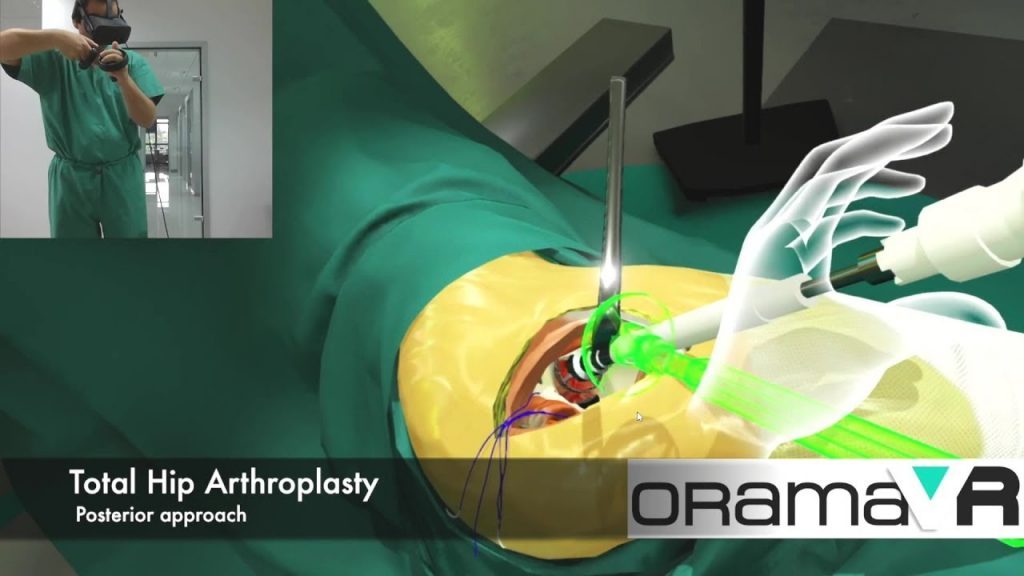
Virtually minimizing surgical errors
ORamaVR helps in minimizing errors that occur during real surgeries. Virtual reality allows medical trainees to gain experience and memorize surgical procedures in a virtual environment before performing the real surgery. The trainees transfer the skills gained from numerous trainings in a virtual environment to the real world, thus minimizing errors resulting from insufficient experience in the surgical room. ORamaVR lowers the cost of training medical students. Young surgeons become specialists in surgery by performing several surgeries, hence memorizing complex surgical procedures. It is more expensive to expose trainees to real life surgeries as compared to virtual reality operations. Virtual reality exposes young surgeons to numerous operating room experiences at a cheaper cost.
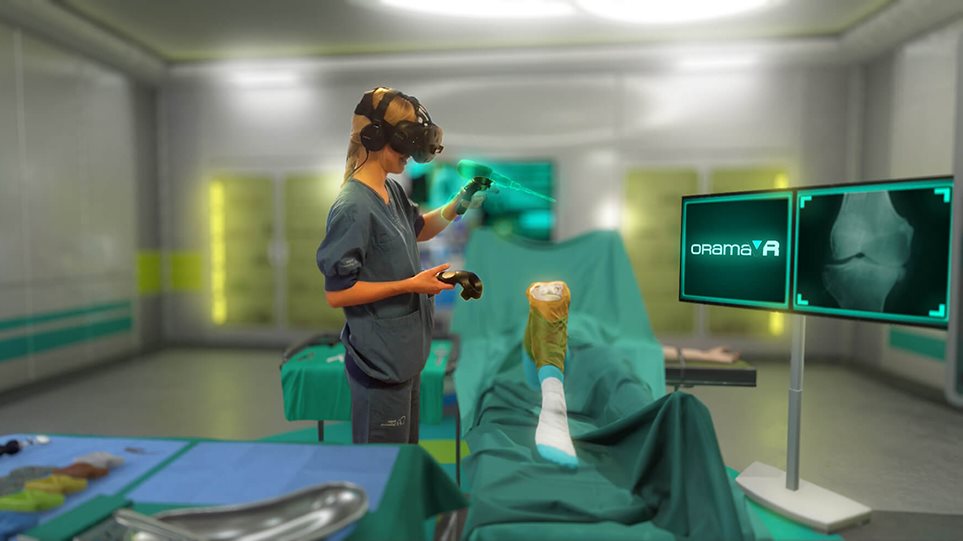
ORamaVR aims at solving problems that result from the use of Cadaver models to train surgeons. Cadavers increase the cost of training and limits real training sessions per surgeon. With virtual reality, it takes less time to train surgeons because of the ability to collaborate with up to seven remote users simultaneously.
Features of ORamaVR
- Educational curriculum. ORamaVR integrates educational curriculum with training in order to enhance knowledge and skills. Gamification elements are linked with narration as a motivational factor.
- Semantic representation of medical operation. Through prototyping, ORamaVR technology can populate new content with minimal changes. This way several repetitive actions performed in surgical sessions can be modeled to be used repeatedly through sessions.
- Multiplayer with geometric algebra transformations. ORamaVR allows multiple surgeons to perform collaborative operations in the virtual operating room. A cooperative system supports the simultaneous training of multiple young surgeons within the same virtual space. Hence, reducing the time it takes to train surgeons as well as the cost.
- Analytics engine. ORamaVR uses a variety of analytical methods to track users and keep a record of their surgical profile that can be evaluated for performance.
- Gamified rapid prototyping. ORamaVR utilizes classification techniques to breakdown complex surgical procedures in order to develop a prototyped surgical architecture.
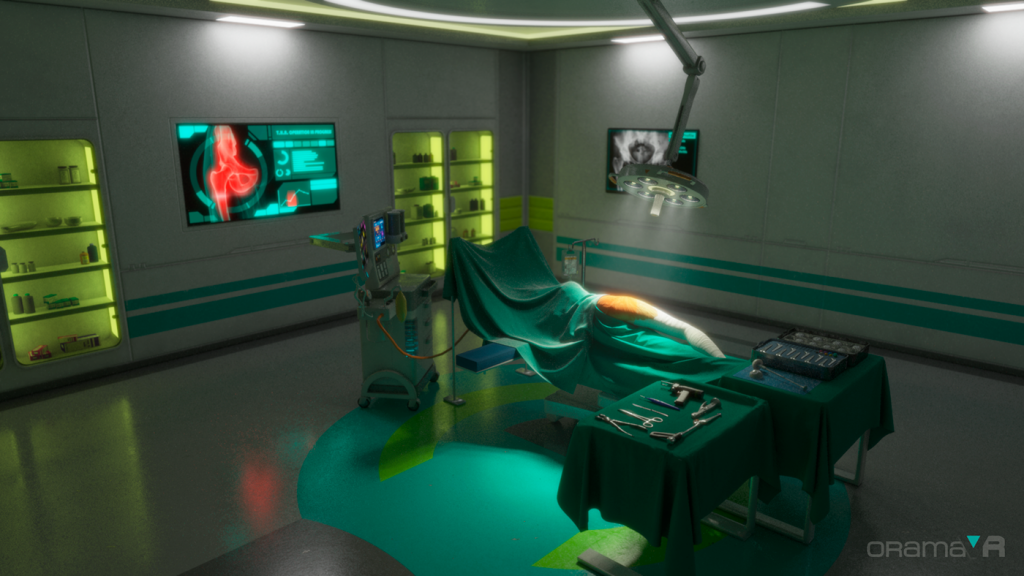
The future of surgical training
ORamaVR is aiming at implementing image recognition and machine learning. This will enable real-time suggestions on optimal surgical procedures. The company also targets to extend its visual scripting editor into a virtual reality editor. This extension will create content directly from the virtual environment.
ORamaVR has opened the future for remote surgical training. With virtual reality, medical schools can now produce skilled surgeons within a short period of time.
For more information on ORamaVR, please visit their website: oramavr.com


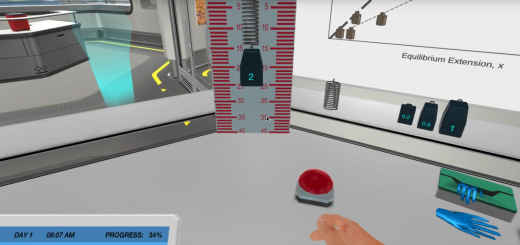
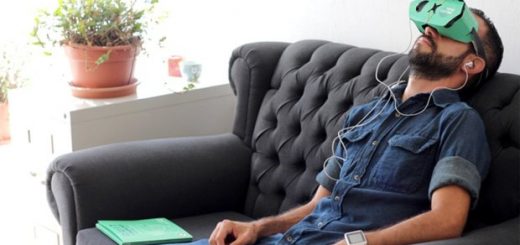
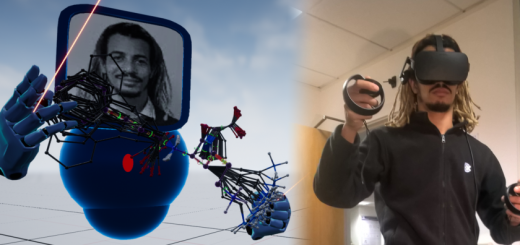
What do you think?
You are the first to add a thought